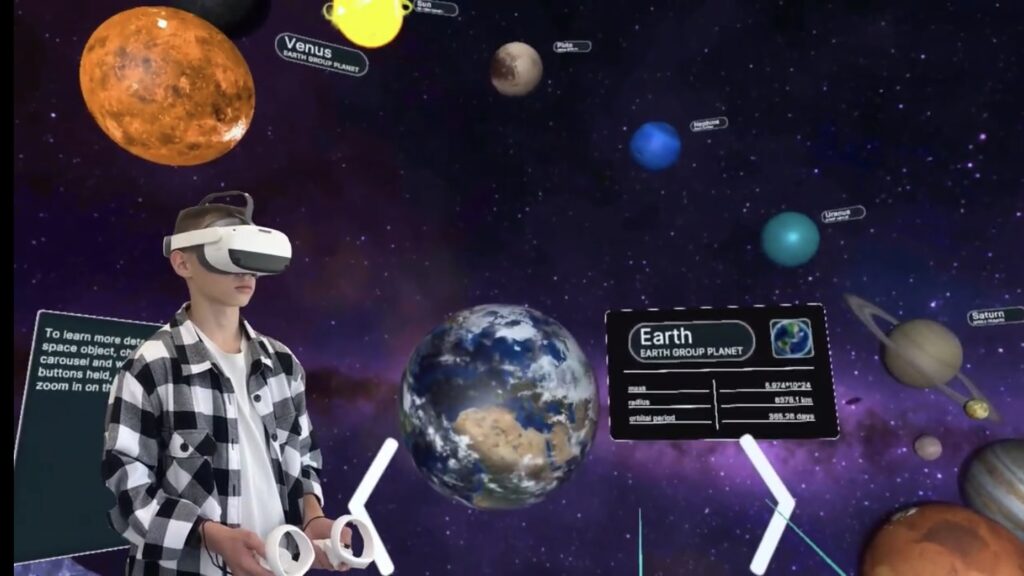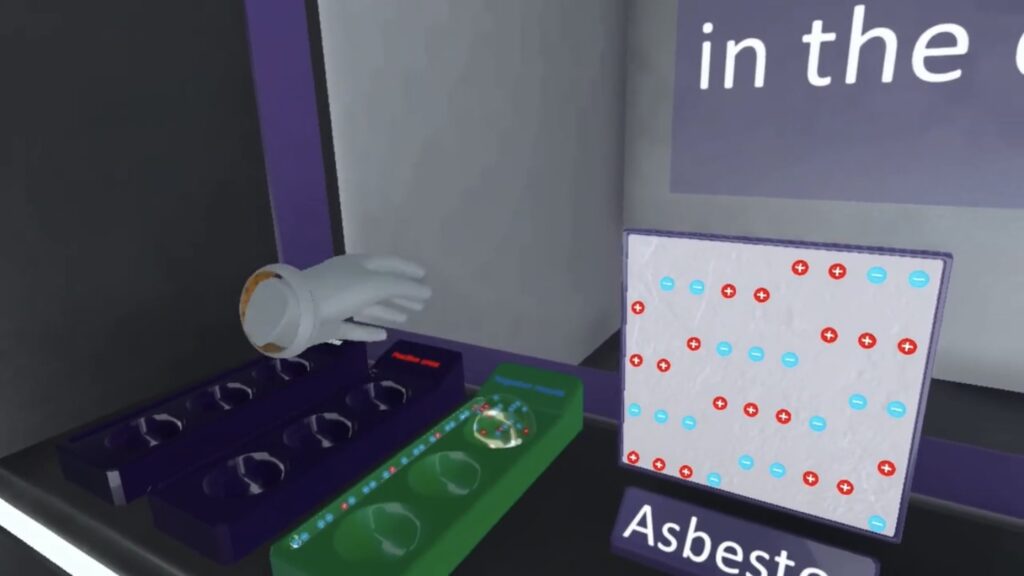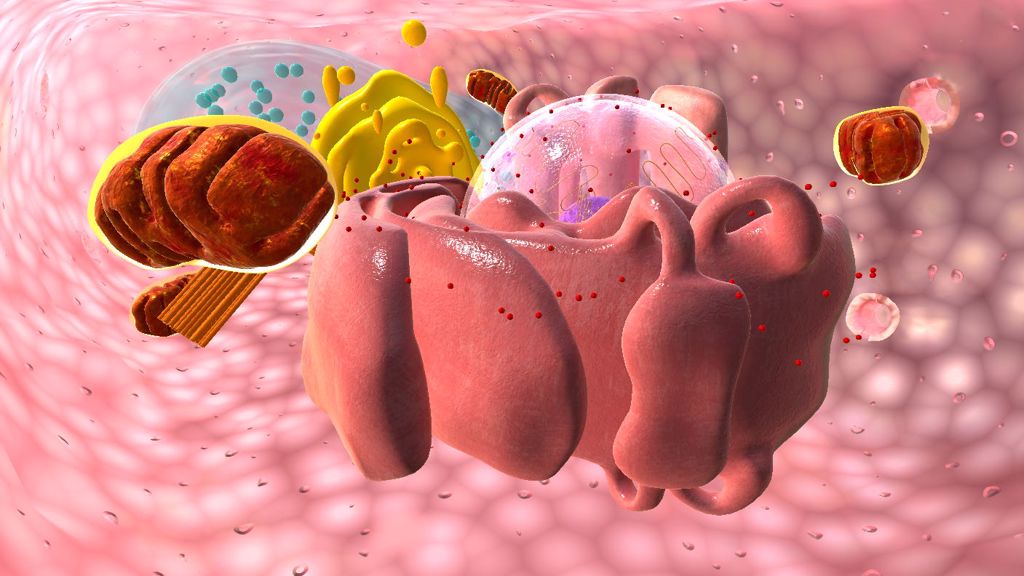

The flipped classroom model inverts traditional teaching methods by introducing students to content at home and using class time for practical application and deeper exploration. In this model:
Research has shown numerous benefits of this approach:

Virtual Reality (VR) technology complements the flipped classroom model perfectly, especially for school experiments and hands-on learning. How can VR be used in education to enhance this model? Let’s explore:
XReady Lab VR Mitosis lab for biology classroom
When considering what is a science lesson plan in a VR-enhanced flipped classroom, educators can incorporate various exciting elements:
VR education companies play a crucial role in developing software tailored for educational needs. These companies offer:

To integrate VR into your flipped classroom:

Here’s an example of how VR is used in education within a flipped classroom model:
Pre-class:
In-class:
As VR technology becomes more accessible, we can expect to see wider adoption of these immersive learning experiences in flipped classrooms. This combination of pedagogical innovation and cutting-edge technology has the potential to dramatically improve student engagement and understanding in STEM subjects.
Interested in exploring how VR can enhance your flipped classroom? XReady Lab offers free VR education apps for demo purposes. Visit https://xreadylab.com/request-demo-page/ to request a free demo of our VR simulations. Even without VR hardware, you can access desktop versions to get started with this exciting educational technology.
By embracing the flipped classroom model and integrating VR technology, educators can create dynamic, engaging learning environments that prepare students for the challenges of the 21st century. The combination of self-paced learning at home and immersive, practical experiences in the classroom offers a powerful approach to STEM education, fostering curiosity, critical thinking, and a deep understanding of complex scientific concepts.
Frequently Asked
We prodive VR biology, VR physics, and VR chemistry simulations. Please, check our catalog.
Please, fill the form to get demo labs for free.
Please contact our customer support service at support@xreadylab.com or book a call with the team to find out the conditions and book the VR class set up at your school.
Subscription to XReady Lab interactive VR labs. If you are a school, then you are also given access to the VR classroom system. VR class system helps you easily launch VR lessons for a large number of students, follow the experience of each student, as well as customise the content without developers.
We adhere to the world’s generally accepted recommendations and research. Our products are suitable for children from 12 years old.